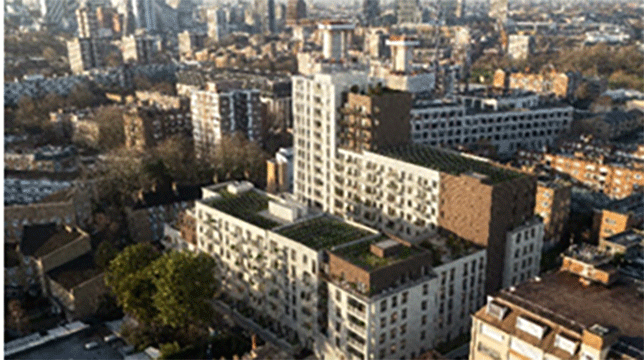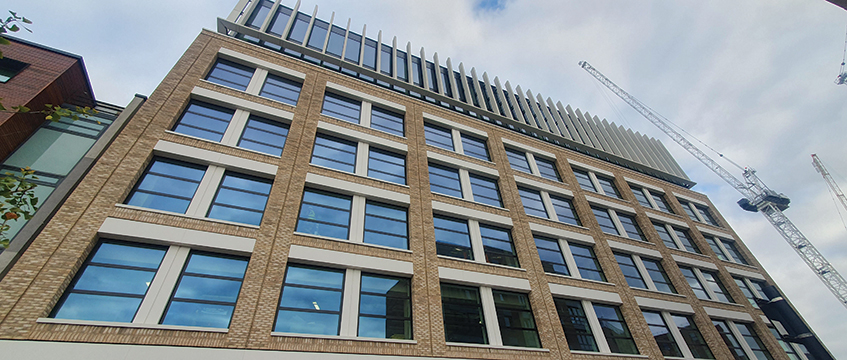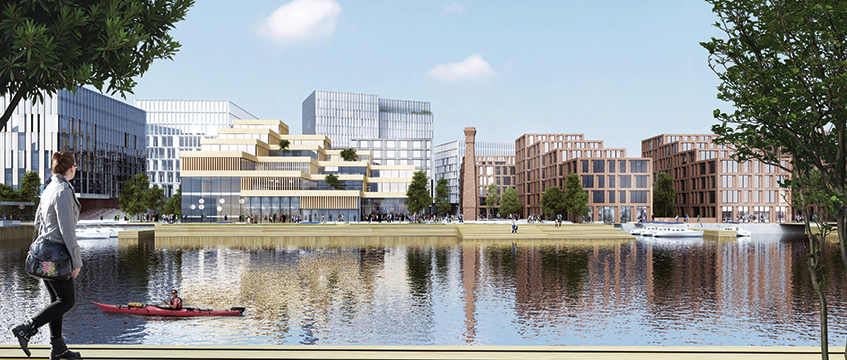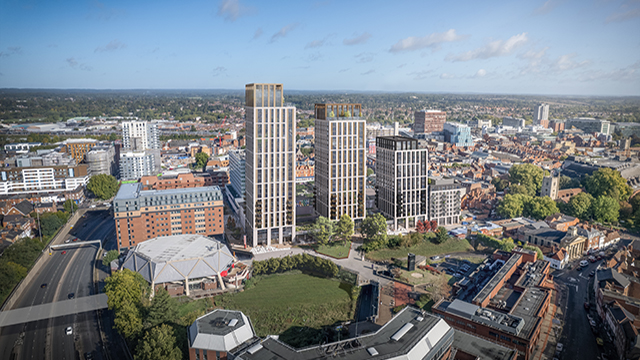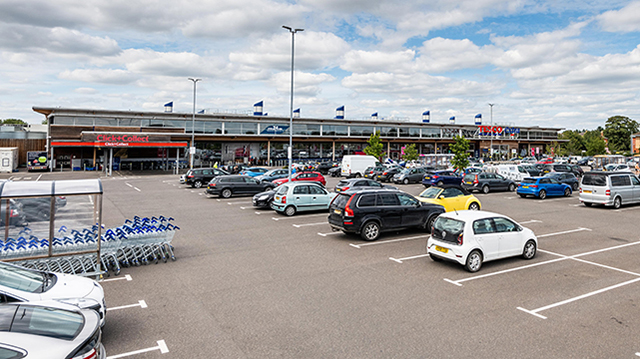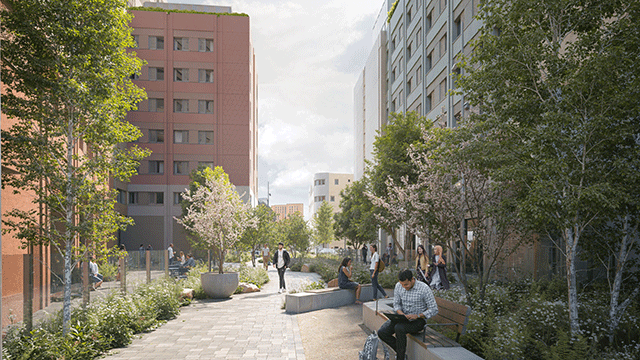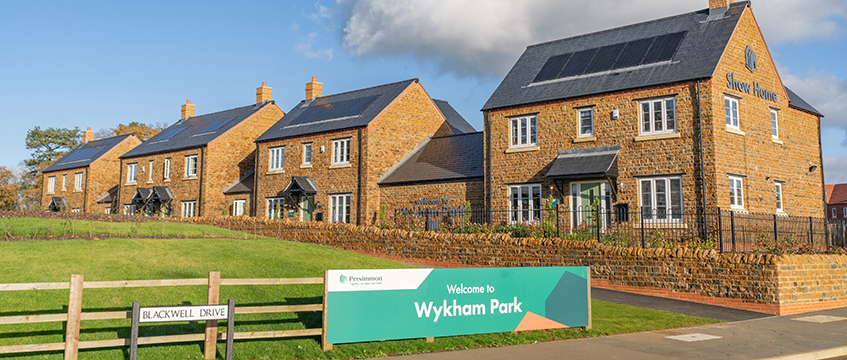Investment into Belfast is on the up in 2019 after falling to a new low in 2018, with more than £200m set to be transacted before the end of the year. But with a no-deal Brexit looming and the absence of a devolved executive, why is the Northern Irish city starting to turn heads?
Despite the political uncertainty, investment into Northern Ireland is on course to surpass the 10-year average of £201m this year, says Lambert Smith Hampton. In the first half of 2019, property deals hit £104.5m, exceeding £100m in H1 for the first time since 2016.
This comes after a weak 2018, when investment fell to £176.6m, its lowest level since 2013 and 12% down on the 10-year average.
Brexit uncertainty, coupled with the absence of the devolved executive, has fed into investor caution. Northern Ireland has now been without a government for two and a half years. The devolved executive and assembly collapsed in January 2017 owing to ongoing disagreements between the DUP and Sinn Féin. Subsequent attempts at restoring the institutions have fallen through.
But despite the challenges, several investors are still buying into Belfast, tempted by its comparatively low property prices and encouraged by its long-term prospects.
EG spoke to investors including M7, Brookfield and UBS about why they entered Belfast’s property market.
1. Attractive returns
While Brexit has been weighing on general property investment performance across the UK, the office sector in Northern Ireland is thriving, according to data from Ulster University and MSCI Real Estate. The sector delivered double-digit returns for investors in 2018; the 12.4% rate was well above the UK average of 5.8% and the European average of 8.1%.
Belfast offices were pipped only by the Brighton and Hove region and Edinburgh, delivering significantly above the average total return for European cities of 8.1%. The office market is ripe for investment owing to a lack of available stock amid healthy occupier demand.
M7 Real Estate made its Northern Ireland debut in July last year, acquiring an office property at 20 Adelaide Street, Belfast, for £2.4m.
John Murnaghan, head of UK real estate at M7, says: “The Belfast office market is one which M7 continues to be interested in. The lack of quality office space coupled with ever increasing occupier demand mean that we see continual rental growth, especially for the right product. We expect the market to develop very quickly and perhaps ironically we can see many scenarios whereby Northern Ireland will benefit from certain types of Brexit.”
Osborne + Co won approval to develop the city’s first major mixed-use scheme, The Waterside, in June. The £400m scheme aims to regenerate the 16-acre former Sirocco Works site, which has been vacant for a number of years.
Local developers Bywater Properties and Ashmour Developments also secured planning permission for a 260,000 sq ft office-led regeneration project in the Smithfield area in Belfast city centre in June.
Bywater principal Patrick O’Gorman says occupier interest is driving the Belfast office market. “There aren’t many genuine grade-A office buildings as rents haven’t been at a good enough level. Now, bigger projects are coming on because there is a shortage of offices and good demand from occupiers. They will pay decent rents, so the office market will become more institutional.”
Big occupier moves in Belfast include PwC’s 2018 prelet of 155,000 sq ft at Oakland Holdings’ Merchant Square and the Department of Finance taking 150,000 sq ft at Causeway Asset Management’s Nine Lanyon Place.
In June, EG reported that Citigroup had appointed Cushman & Wakefield to search for an additional 100,000 sq ft-plus office to let in Belfast, having recently purchased its main premises in the city.
2. Government money
The commercial property market in Belfast and the surrounding region is set to benefit from a Belfast Region City Deal. In total, the UK government committed £350m to support economic development across Northern Ireland as part of a near £1bn package allocated to the region in the autumn 2018 Budget.
Cathy Reynolds, regeneration and development director at Belfast City Council, says there has also been a “marked increase in interest” from investors and developers in Belfast, who are anticipated to bring the total investment package to more than £1bn.
The city council plans to use £100m of the £350m government funding to create a new city centre attraction which will include large creative installations, immersive technology and a cinema. Reynolds says: “We are currently in the initial business case planning stage for this project, but it represents a significant development opportunity for the regeneration of our city.”
Belfast could be poised for more UK government cash, if the Democratic Unionist Party demands more money to continue propping up the Conservative government in Westminster.
In 2018, DUP MPs said the almost £1bn Budget boost allocated to Northern Ireland was additional spending on top of the £1bn Confidence and Supply Agreement. The latter deal was set up in June 2017 when Theresa May called a snap election but ended up losing her majority.
3. Student demand
Another draw for investors is Belfast’s student population, which is set to grow once Ulster University relocates from Jordanstown, seven miles north of the city. Building work has recently resumed on Ulster University’s new £250m Belfast city centre campus, following delays connected to four companies in the Lagan Construction Group falling into administration.
“The relocation of Ulster University is a game-changer as we will have around 18,000 students and staff moving into the city centre. The new university will be 150m away from our site in Smithfield,” says O’Gorman.
The move is also incentivising investors to buy into student living in Belfast. In total, there are around 31,800 students based in the city, according to Radius Data Exchange. In 2016, UBS agreed to forward fund Botanic Studios. It acquired the student block from UK developer Watkin Jones in Q4 2017 for £14.8m.
Before 2016, Belfast offered around 4,000 student beds, but since then there have been an additional 2,577 student beds developed in six properties. There are currently another 1,805 student beds under construction in four properties, according to Lambert Smith Hampton.
Jon Hollick, head of UK real estate transactions at UBS, says: “The reason we focused on Belfast was that it has the lowest proportion of purpose-built student accommodation. We want to create high-quality blocks and target overseas students.”
Hollick is looking to increase UBS’ Triton Property Fund’s exposure to the alternatives market, including student housing. “Currently, 10% of the fund is in alternatives. We would like to increase that to up to 12-15% over the next three to five years.”
Brookfield-backed Student Roost currently owns student blocks occupied by more than 1,200 students in Belfast at Great Patrick Street, John Bell House and Swanston House.
Student Roost real estate director Stephen Rigby says: “Our initial interest in Belfast centred around the relocation of Ulster University. The fundamentals of the Belfast market are very attractive. When we first invested in late 2016, there were less than 5,000 beds on the market.”
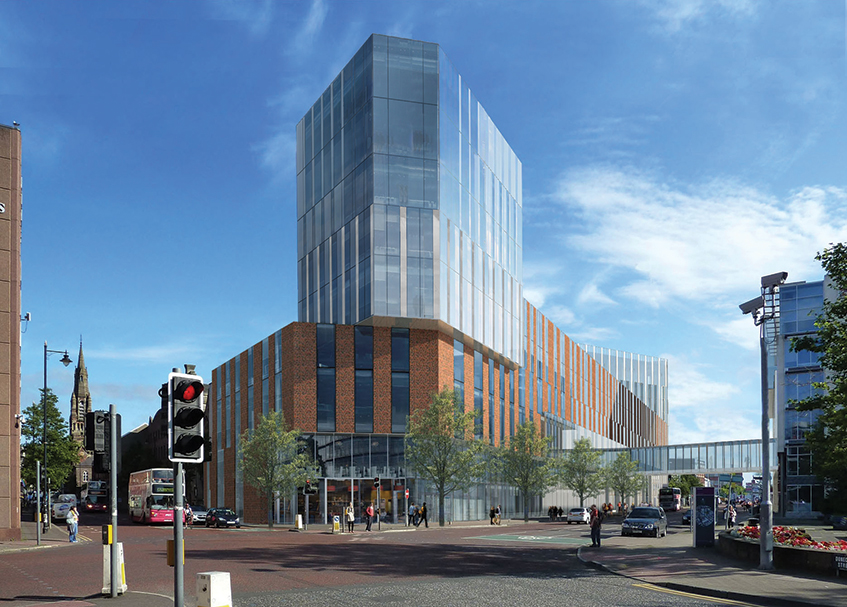
4. Return of city living
The influx of residents into the city centre has led to build-to-rent schemes emerging for the first time. This follows decades when there was very little residential development, with the Troubles causing people to avoid living in the centre.
Belfast’s first BTR scheme, Lacuna Watkin Jones’ 90-flat project, was approved last year and others are expected to follow.
“There has historically been a lack of city centre living in Belfast compared to other cities,” says Reynolds. “However, there are currently several residential schemes in progress. The build-to-rent sector in particular is an emerging market for Belfast, which looks set to grow.”
Lacuna Watkin Jones’ £15m scheme will be on Academy Street, near Ulster University.
Other major BTR schemes in the pipeline include Vinder Capital and London-based Aldgate Developments’ £25m Residence at Quay Gate in east Belfast. The proposed building will provide more than 150 one and two bedroom apartments overlooking the River Lagan and the Titanic Quarter.
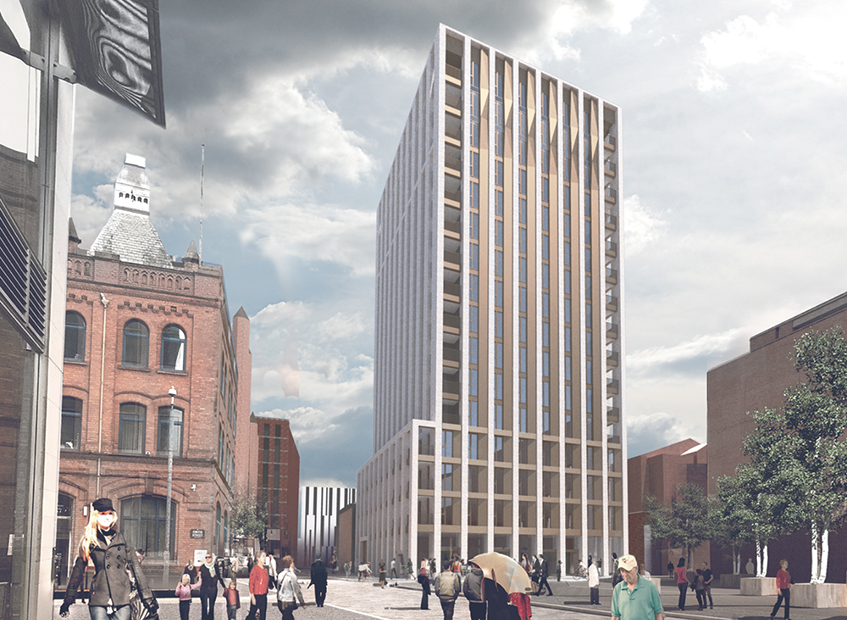
5. Rising house prices
Another reassuring factor for investors is the fact that, unlike most of the UK, house prices are rising in Northern Ireland. Perhaps given the relative value of its properties compared with the rest of the UK, buyers do not view the region as a risky investment.
The RICS report for July identifies different price trends across the UK, with prices increasing at a “solid pace” in Northern Ireland, Scotland and Wales. By contrast, prices continue to fall in London, the South East and East Anglia.
The average house price in Northern Ireland increased by 5.5% in the year to January 2019, according to HM Land Registry. Average house prices in the first quarter of 2019 saw a modest annual increase of 1.2% to £162,914, according to Ulster University data.
To send feedback, e-mail anna.ward@egi.co.uk or tweet @annaroxelana or @estatesgazette




